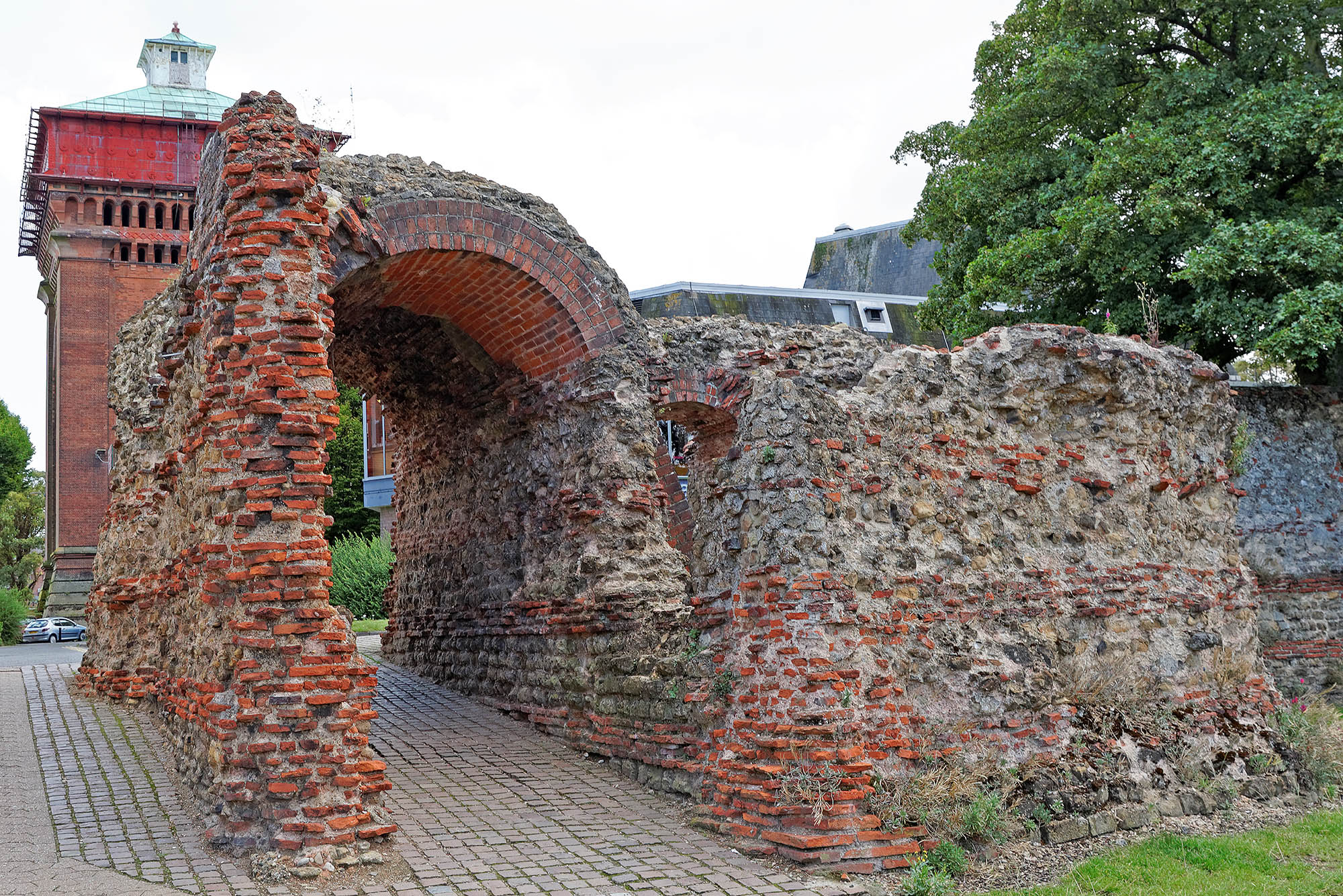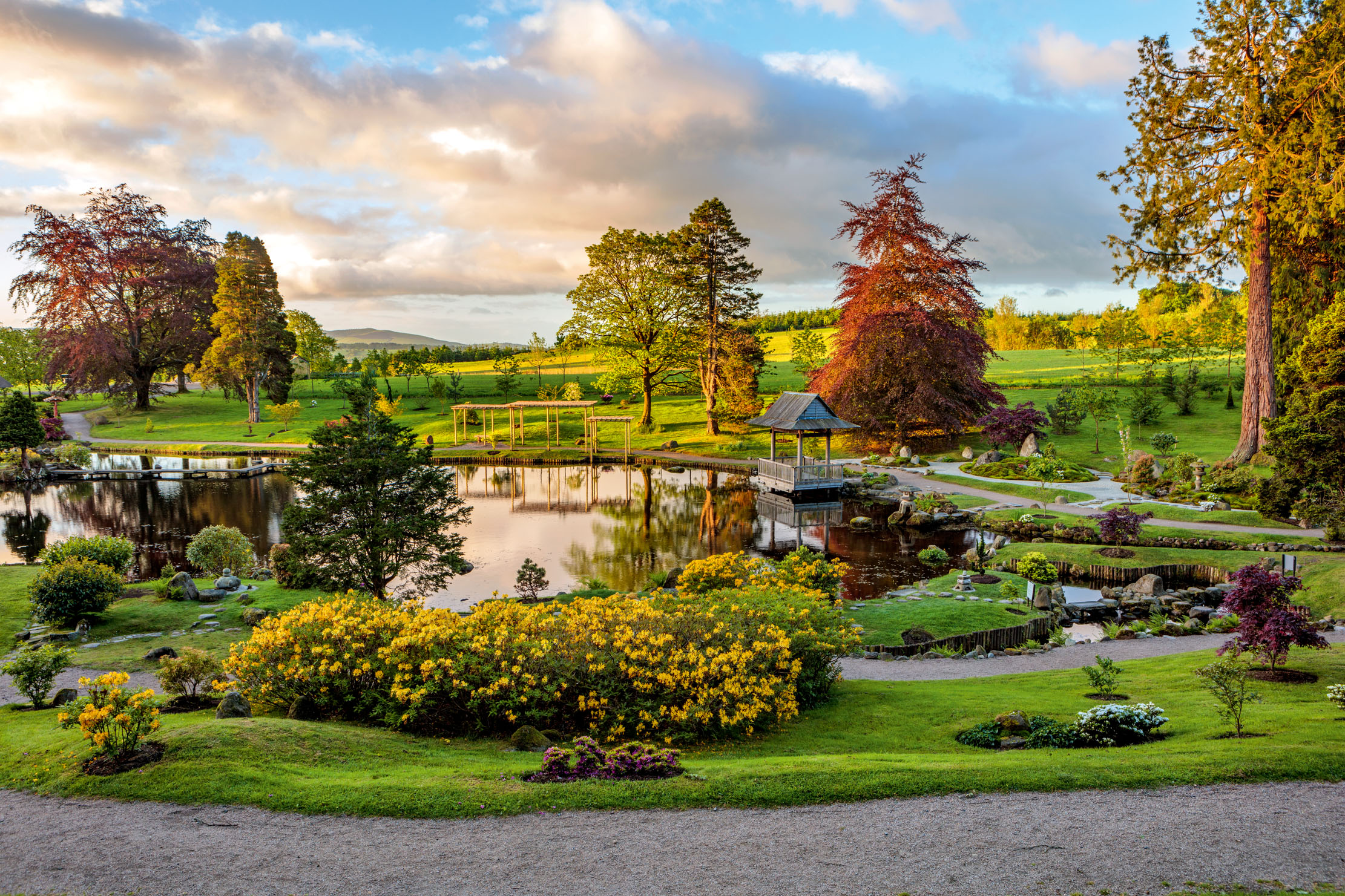Glastonbury, Somerset: The place where the Holy Grail came to Britain
The ancient town of Glastonbury is synonymous without spirituality, mysticism and legend — and it's an unmissable stop-off on our list of places in the 21st century Grand Tour of Britain.

Glastonbury Tor had been a sacred site before the arrival of Christianity. There was a holy well, fed by a spring that never ran dry; in Christian times, this came to be called the Chalice Well.
Legend has it that Joseph of Arimathea — the man who took Christ's body and placed it into the tomb following the Crucifixion — came to Britain, and specifically to the Isle of Avalon, back then an island surrounded by rivers and marsh. He brought two cups that contained drops of Christ’s blood and the chalice used by Him at the Last Supper. The chalice, or Holy Grail, disappeared, and the search for it became a prime object of the Arthurian knights (Arthur is supposed to have been buried at Glastonbury).

What didn't go missing, at least until the 17th century, was an ancient thorn tree, said to have sprouted from the staff that Joseph stuck into the ground. (It’s said that Puritans who attempted to cut it down found that their axes turned against themselves.) And according to legend, it was Joseph who founded the original wattle-and-daub church on this site, the church around which a glorious abbey would later grow.
If Jospeh really did found the church it would be the earliest in Britain, and unique in that it had been established by a contemporary of Christ — but there are no records, and another account credits it to missionaries who arrived from Rome in the second century.
Either way, its foundation came very early in the history of Christianity in Britain. By the time of the Dissolution, it could vie in scale with Canterbury — only Westminster Abbey was richer.

How to visit Glastonbury
The town of Glastonbury is on the main road that runs south from Bristol, a few miles south of Wells on the way to Yeovil. The ruined Glastonbury Abbey, which is open to visitors (adults £11, children free), is at the centre of the town; to the east of town is Glastonbury Tor, with St Michael's Tower at the top, is free to visit, and offers fine views across the town, the Isle of Avalon and beyond.
As for the Glastonbury Festival? It's several miles away to the east, and actually closer to Shepton Mallet than it is to Glastonbury. But the Shepton Mallet festival most definitely wouldn't have had the same ageless, mysterious ring to it that Glastonbury does.
Exquisite houses, the beauty of Nature, and how to get the most from your life, straight to your inbox.

Skara Brae: The prehistoric village on Orkney that's older than Great Pyramid of Giza
The best-preserved Neolithic settlement in Europe isn't in a French cave or an Italian hillside; it's Skara Brae on Orkney,

Maiden Castle, Dorset: An ancient hill fort the size of 50 football pitches
The mysterious and ancient Maiden Castle occupies a vast site in Dorset. Clive Aslet takes a look.

The Uffington White Horse, Oxfordshire
Thousands of years ago, ancient Britons created a vast and spectacular stylised portrayal of a horse in the hills of

St Michael’s Mount, Cornwall: The monastery that became a castle that became a home
Few spots on the coast of Britain are as romantic and storied as St Michael's Mount in Cornwall.

Colchester, Essex: The purpose-built capital city of Roman Britain
Clive Aslet considers the town that was one of Roman Britain's greatest cities — and even, for a while, its capital:

The Pontcysyllte Aqueduct: Thomas Telford's 'ribbon of water in the sky'
The magnificent Pontcysyllte Aqueduct is one of the great testaments to Industrial Revolution ingenuity — and as beautiful as it is

Pevensey Castle, East Sussex: The Roman castle that was still being used in World War II
When William the Conqueror landed at Pevensey, he moved in to the nearby castle — one which had already stood for

The Japanese Garden at Cowden: An iconic Oriental garden in the heart of Clackmannanshire
Described in 1925 as the most important Japanese garden in the West, the Japanese Garden at Cowden in Clackmannanshire —